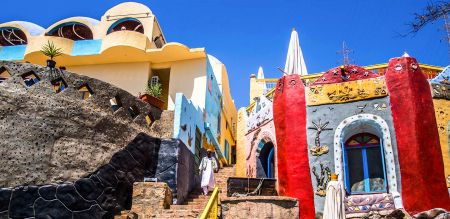The name in Arabic means “Valley of the Lions”, referring to the avenue of sphinxes that leads up to this temple, which was built during the reign of Ramesses II. Though it was moved to its current location only in the1960’s, it was quickly forgotten and neglected.
By the time it became a frequent tourist attraction again in the 1990’s when cruises started running on Lake Nasser, it was partially filled with sand. The affect of its unkempt appearance and remote location is to give visitors the feeling that they are themselves discovering this temple for the first time.
The temple is partially constructed out of stone blocks, but the inner sanctuary is actually carved into the bedrock. Originally, the temple offered three pylons, but only two of them survive.
The first leading to the avenue of sphinxes is no longer here, but the second, leading into a forecourt decorated by statues of Ramesses II and the third, revealing to a second courtyard supported by columns decorated by images of Ramesses as Osiris remain.
The hypostyle hall and inner sanctuary that follow these courtyards were carved into the bedrock.
Nearby Wadi El-Seboua is the Temple of Dakka, which was built during the Ptolemaic era in the third century BC
This site is notable because of the huge and well-preserved pylon that remains here. You can climb on top of the pylon to enjoy impressive views of the surrounding landscape with the desert in one direction and the lake in the other.
Customize Your Dream Vacation!
Get in touch with our local experts for an unforgettable journey.
Plan Your TripEgypt Travel Guide
Egypt Oases
- Gara Cave
- Al-Deer
- Badr's Museum
- Bagawat
- Black desert
- Cleopatra bath
- Great Sand Sea
- Mizawaka
- Monastery of Anba Bishoy
- Mountain of the Dead in Siwa | Gebel al-Mawta
- Qarun Lake
- Roman Temple in Deir El-hagar
- Temple of Alexander the Great
- Temple of Amon
- Temple of Dush
- Temple of Hibis
- Temple of Nadura
- The Crystal Mountain | Bahariya Crystal Mountain
- The Monastery of Abu Makar (Makarios) | Egypt
- The Monastery of Baramus | Egypt
- The Monastery of El Suryan | Cairo Attractions
- Therapy in Siwa Oasis
- Valley of Al-Haiz
- Valley of the Golden Mummies
- Wadi Al- Rayan, Protected Area | Fayoum, Egypt
- Wadi El-Natroun | The Monasteries of Wadi El Natrun
- The White Desert in Egypt
- Fayoum Bird-watching Guide
Ports of Call
Red Sea and Sinai
Famous Mosques in Egypt
Transportation guide in Egypt
Egypt Tourist Attractions
Egypt Pyramids
- Djedefre Pyramid | Abu Rawash
- Abu Sir | Egyptian Necropolis & Pyramids
- King Snefru's Pyramid | Egypt
- Old Kingdom Pyramids | Ancient Egypt
- Pyramid Complex of Pepi I
- Pyramid of Amenemhat III
- Pyramid of lahun | Egypt Pyramids
- Pyramid of Meidum
- Pyramid of Neferhetepes | Egypt Pyramids
- Pyramid of Netjerkhet | Egypt Pyramids
- Pyramid of Neferefre
- Pyramid of Sahure | Egypt Pyramids
- Pyramid of Sekhemkhet
- Pyramid of Sesostris III
- Pyramid of Teti | Egypt Pyramids
- Pyramid of Userkaf | Egypt Pyramids
History of Egypt
- The False Doors | Ancient Egypt Secrets
- Egyptian Canopic Jars: What are Canopic Jars?
- Holy Family in Egypt
- king khufu (Cheops) | Kings of Ancient Egypt
- Khafre Statue | King Khafre Pyramid
- Who built the first pyramid in Egypt
- Menkaure (Mykerinos) Pyramid | King Menkaure
- Ramesses IV | Ramses iv Tomb
- Ramses IX Tomb
- The Divine Triad of Dendera
Aswan Attractions
Luxor Attractions
Alexandria Attractions
Cairo Attractions
- Famous Bab al Futuh
- Al-Tannoura Egyptian Heritage Dance Troupe
- Saints Sergius and Bacchus Church
- Abusir Pyramids & The City of The Dead Egypt
- Agricultural Museum Egypt, Cairo
- AL Fustat Historical City
- Bab El Nasr Cairo City Gate
- Beit Al Sennari or Al Sennari House in Cairo
- The Cairo Tower
- Birqash Camel Market in Cairo
- Coptic Cathedral in Abbasiya
- Egyptian Museum Guide
- El Mosky Cairo | Bazaars & Souks
- King Tutankhamun Treasures: Inside the World of Egypt’s Most Famous Pharaoh
- The Mosque of Muhammad Ali Pasha in Cairo
- Royal Mummy Room in The Egyptian Museum
- The Pharaonic Village
- The Great Sphinx of Giza
- Babylon Fortress Facts
- Solar Boat Museum
- Valley Temple of Khafre
- St Mary Egypt Orthodox Church
- Verdi Aida Opera Show in Giza Pyramids Egypt
Enjoy highlights of Aswan in Aswan Day Tour. Our tours will take you to the High Dam that created Lake Nasser, as well as the Unfinished Obelisk to see how ancient Egyptians cut these huge stone pillars, and finally Philae Temple.
Plan Your Trip!
You Might Also Like
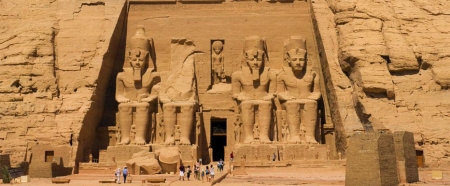
Nubian Monuments stretched between Aswan and Abusimbel at Nasser lake. This place contains many monuments built by different kings through different periods.
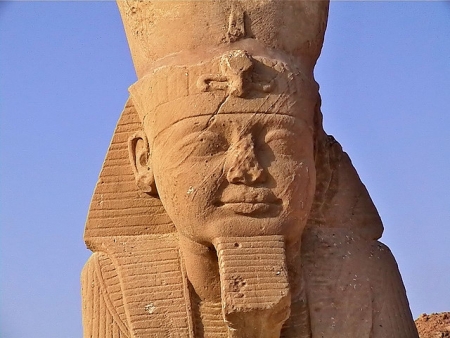
Wadi El Seboua Temple, in Arabic means “Valley of the Lions”, referring to the avenue of sphinxes that leads up to this temple, which was built during the reign of Ramesses II.
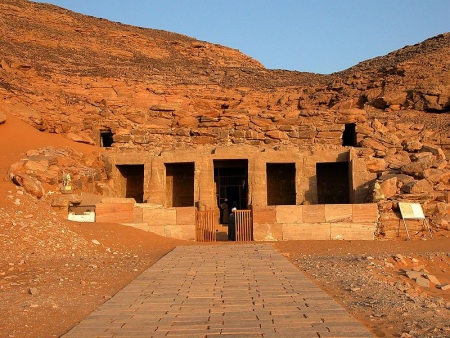
Temple of Derr was built during the time of king Ramsis II, exactly during the 30th year of his reign. It was dedicated to god Ptah and god Amon.
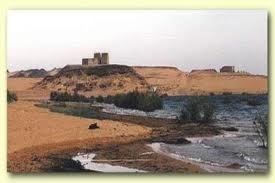
Located fifty miles to the north of Dekka Temple, Mohrakka Temple was built during the Greek Roman period. It was dedicated to Isis and Serapis. It is a small and simple temple.
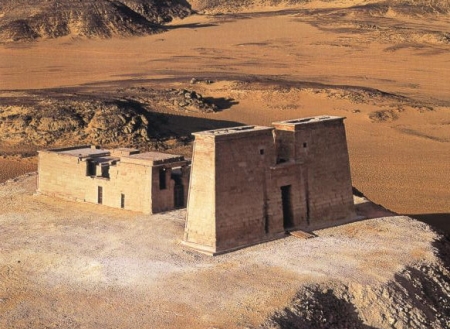
El-Dakka was known to the Egyptians as Pselqet and to the Greeks as Pselchis. This Temple nowadays, sits on a small bluff. Learn more.
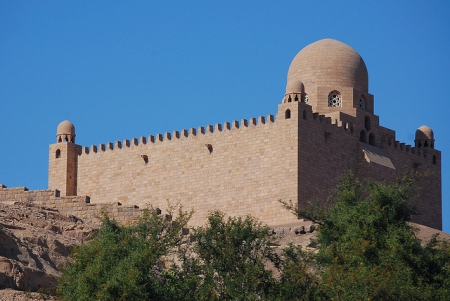
Agha Khan Mausoleum, situated 4 km from Aswan train station, Agha Khan Mausoleum was the founder of the mausoleum. Agha Khan was the leader of the Shiites.
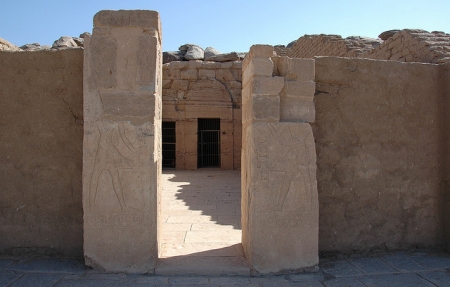
Beit el-Wali was rescued from Lake Nasser by a Polish archaeological team financed by a joint Oriental Institute of Chicago/Swiss Institute of Cairo Project.

Situated south of Kalabsha temple , due to the rising waters of Lake Nasser after the construction of the High Aswan Dam, Kiosk of Kertassi was moved to another place the same as all the Nubian monument .
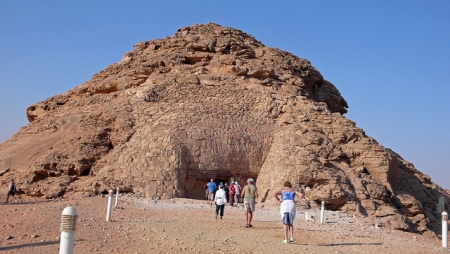
The tomb is a kind of rock cut tombs. It is consisted of antechamber, then a niche where there are the remains of three destroyed statues.


